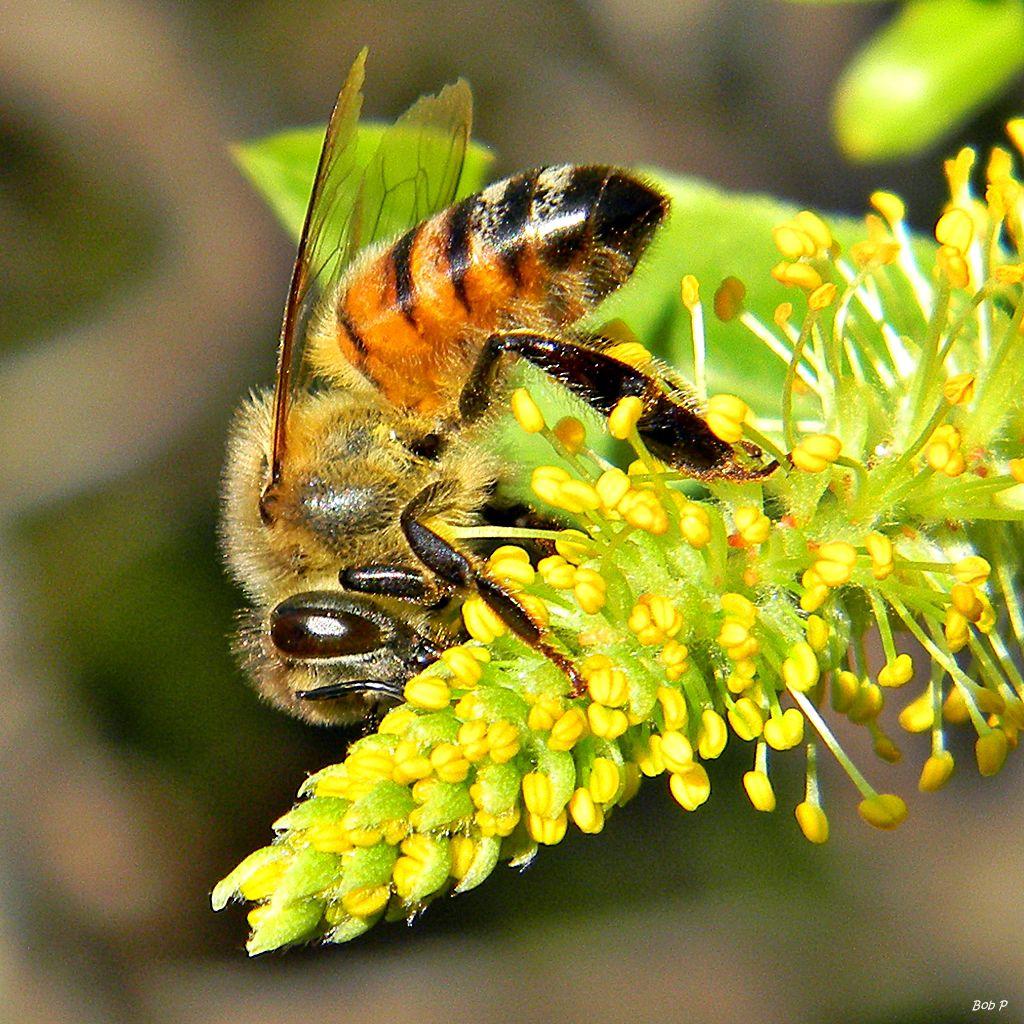When it comes to the world of science, discoveries and breakthroughs are made every day. To help you keep up with them, The Battalion compiles a few of the most compelling scientific stories from the past week.
Biology: DNA from elephant ivory reveals three trafficking cartels in Africa
A pair of tusks discovered by scientists helped uncover trafficking cartels in Africa. Identifying matching elephant DNA in different shipments of tusks can help scientific sleuths connect the shipments to ivory trafficking cartels. Previously, scientists have used DNA found in elephant tusks and excrement to find certain poaching hotspots, but while examining certain ivory samples, the team found the same animal in different shipments and linked it back to the group of traffickers.
Over 40,000 elephants are killed each year by elephant poachers and the ivory industry is worth billions. The team of scientists who made the discoveries are working with the U.S. Department of Homeland Security to catch and prosecute the traffickers.
Animal Science: Honey Bees exposed to glyphosate may be contributing to the decline of the species around the world
New research indicates that an active ingredient in the weed killer RoundUp may be indirectly killing honey bees. By being exposed to the glyphosate in the weed killer, the bees lose beneficial bacteria in their guts and are more susceptible to infection from harmful bacteria, leading to death.
For some time, scientists assumed that glyphosate did not affect animals and only interfered with an enzyme found in plants. However, when the researchers exposed honey bees to glyphosate at levels that would be used in normal crop fields and household yards, the ingredient compromised the bees’ ability to fight infection and increased their likelihood of death. Scientists recommend that individuals avoid spraying glyphosate-based herbicides on flowering plants that bees visit.
Neuroscience: A newly discovered neuron circuit connects a person’s gut directly to the brain
A new study reveals that the gastrointestinal tract of the human body is directly connected to the brain through a neural circuit, allowing the gut to transmit signals in seconds. Scientists injected a fluorescent rabies virus that is transmitted through neuronal synapses into the colons of mice and waited for the enteroendocrine cells to light up with a partner. When a partner lit up, the scientists saw that the cells were linking to a vagal neuron and forming synaptic connections that were much faster than the hormones that usually travel from the gut to the brain.
Advantages to studying the gut-brain signal include being able to detect toxins and poison, and there could be other perks of being able to sense the contents in the gut in real time. Scientists are looking to use this knowledge to lead to new treatments in obesity, eating disorders and depression.








